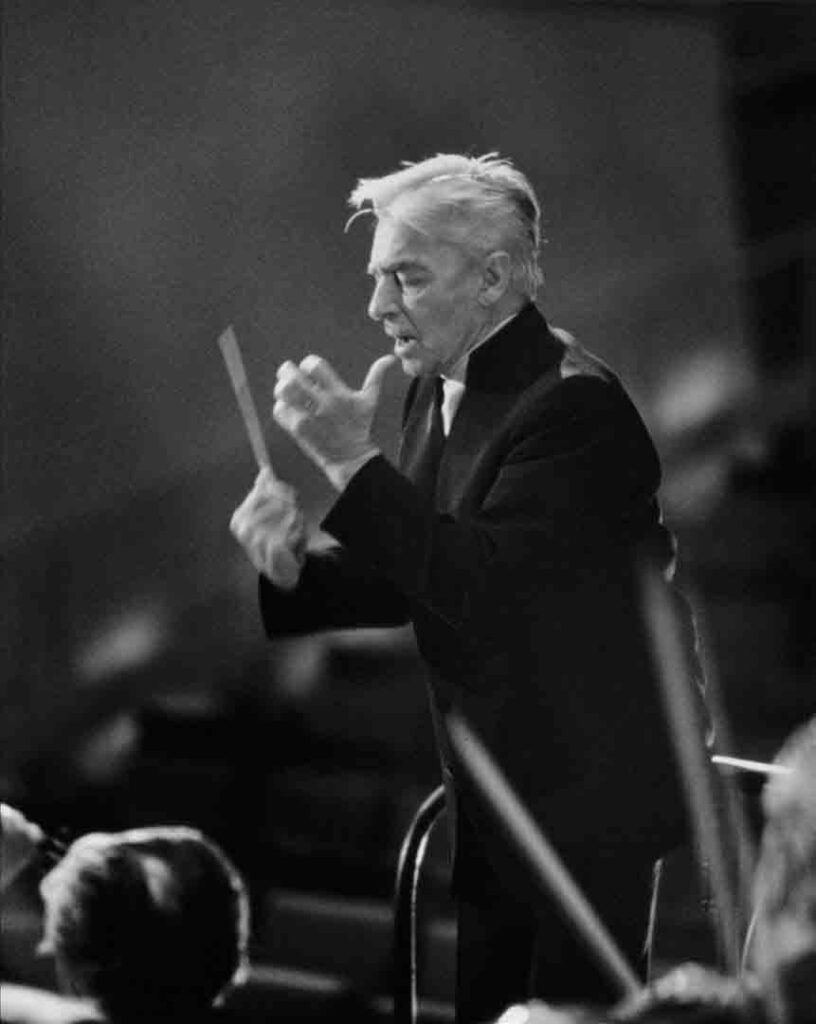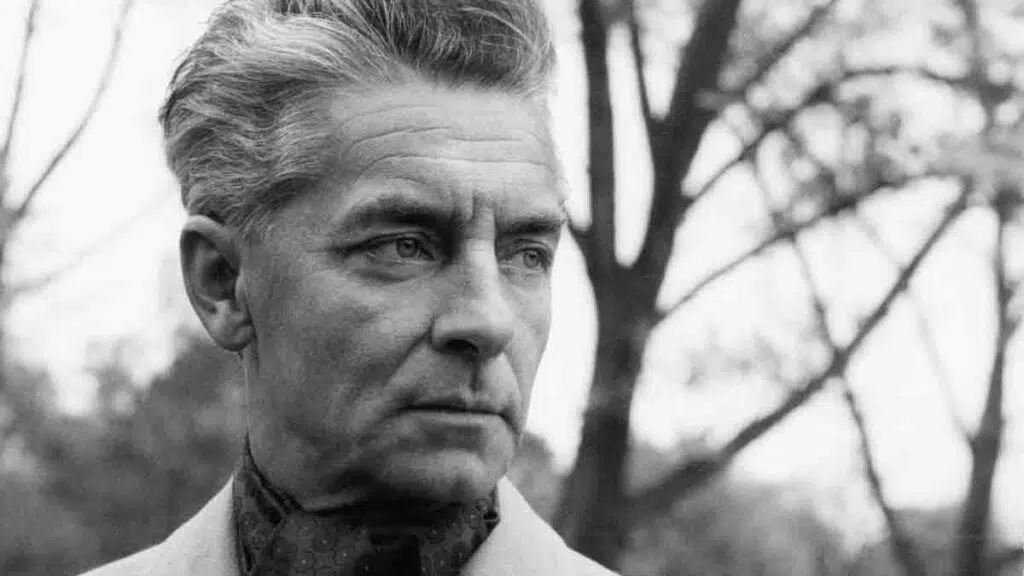Herbert von Karajan needs no introduction. The Austrian conductor has gained popularity far beyond the borders of his native country. After himself, he left a rich creative heritage and an interesting biography.
Childhood and youth
He was born in early April 1908. Herbert's parents had nothing to do with creativity. The head of the family was a respected physician. According to the artist, he loved and was a little afraid of his father. But this did not prevent him from building friendly, warm relations with him.
An important role in Herbert's early biography was played by his grandfather. By the way, the man realized himself as a merchant. He was an aristocrat and instilled in his grandson the right upbringing.
Herbert was fond of music from an early age. The son's hobbies were supported by his parents, who did not "put pressure" on the young man, and supported him in the decision to get a musical education. After some time, the young man received a worthy place in the German theater.
The creative path of maestro Herbert von Karajan
The young talent was greatly disappointed when he was asked to leave the Ulm theater. When he left, he told his colleagues that his time had not yet come, but he would definitely become famous.
Soon he met the talented E. Grosse (member of the SS). During this period of time, Herbert's new acquaintance worked as the artistic director of the Aachen theater. Grosse, helped the promising artist to conduct symphony concerts and opera performances in his theater. The career of the maestro during this period of time was pursued by Rudolf Vedder.

Acquaintance with the presented personalities “blackened” the artist’s biography. In the post-war period, he had a desire to permanently erase information about friendship with these individuals. Somewhat later, Herbert categorically refused to publish in those years of his life. The artist did this not in vain, because thanks to the surviving documents, it was possible to prove his double entry into the ranks of the NSRPG. The conductor himself called this indisputable evidence a fake.
At the end of the 30s, his name began to be actively discussed by critics and fans. The fact is that he conducted R. Wagner's opera Tristan and Isolde. During this period of time, Hermann Goering stood behind him. It cannot be said that his biography, including the creative one, developed successfully. He did not like Adolf Hitler.
Biographers explained Hitler's "dislike" for Herbert by the fact that the ruler adored Wagner's work. Once the artist was conducting, but by mistake the singer performed the wrong line. The concert was attended by A. Hitler, who vented all his anger on Herbert. The latter preferred to work without notes, so the ruler considered that the oversight was the fault of the conductor.
The situation in Germany only worsened every year. Herbert's orchestra especially got it. The situation was further aggravated by the fact that Herbert was interrogated several times on suspicion of collaborating with anti-fascists. It is noteworthy that not only the maestro was interrogated, but also all those with whom he had the honor to work.
Moving from Germany
In the mid-40s of the last century, he was forced to leave Germany. Of course, the conductor did not want to leave the country, as he was used to the area and the audience. In addition, during this period of time he managed to acquire an impressive number of fans.
But anyway, it was a smart decision. By that time, Herbert's work was known far beyond the borders of Germany. He soon became artistic director of the Society of Friends of Music. In addition, he managed to work in several eminent theaters. Herbert has gained enough experience to be called a professional in his field.
In the mid-50s, he got a really great position. He became the head of the Philharmonic Orchestra. During this period of time, he also works with the Vienna State Opera, holding the position of artistic director.
When Herbert's past was successfully forgotten, he managed to establish close contact with politicians and other dignitaries. His work was admired not only by officials, but also by ordinary citizens.
Herbert was often criticized for recording musical works before 1945. He rarely performed the compositions of his contemporaries.

Details of the personal life of the maestro
Herbert has always been in the center of female attention. He married for the first time in his youth, but this union did not make him happy. Soon the young people decided to leave. The second chosen one of the talented conductor was the charming Anita Gütermann.
The second wife brought serious problems to the maestro due to Jewish roots. Herbert was even prosecuted. They demanded from him to break off all relations with the woman, but the maestro not only did not divorce his wife, but also defended the right to privacy. Since that time, he was constantly threatened, but Herbert did not go to tricks. He remained steadfast.
But still, personal life with the second wife did not work out, and the couple decided to part. The third wife of the maestro was Eletta von Karajan. At the time of the wedding, the conductor was 50 years old, and his companion was only 19. They met in Saint-Tropez.
They met when Eletta was walking with her girlfriends on a yacht. In addition to the girls, there were many invited guests. Right at the party, the girl was seasick. Herbert acted like a noble man. He took her off the yacht and invited her to an expensive restaurant. The artist fell in love with a charming young girl at first sight.
The next time they met only a year later. During this period of time, the girl worked as a model for Christian Dior himself. Eletta's photoshoot took place in London. After work, a friend invited her to a concert of the Philharmonic Orchestra.
Just then, Herbert stood at the conductor's stand. They talked after the concert and agreed on a date. Since then, the couple has not parted. The woman gave birth to charming daughters to the artist.
Herbert von Karajan: interesting facts
- He was a member of the Nazi Party, which entailed not the most flattering biography.
- The artist was instrumental in establishing the digital audio format for CDs.
- He never worked for "penny". His appearance on stage always entailed impressive fees.
Death of artist Herbert von Karajan
He died on July 16, 1989. At the time of his death, he was over 80 years old. Despite frankly feeling unwell, he went on stage until the last days. Herbert could not imagine his life without music, so he was forced to "get active".
The work schedule and poor health were a side effect. He died of a myocardial infarction.



